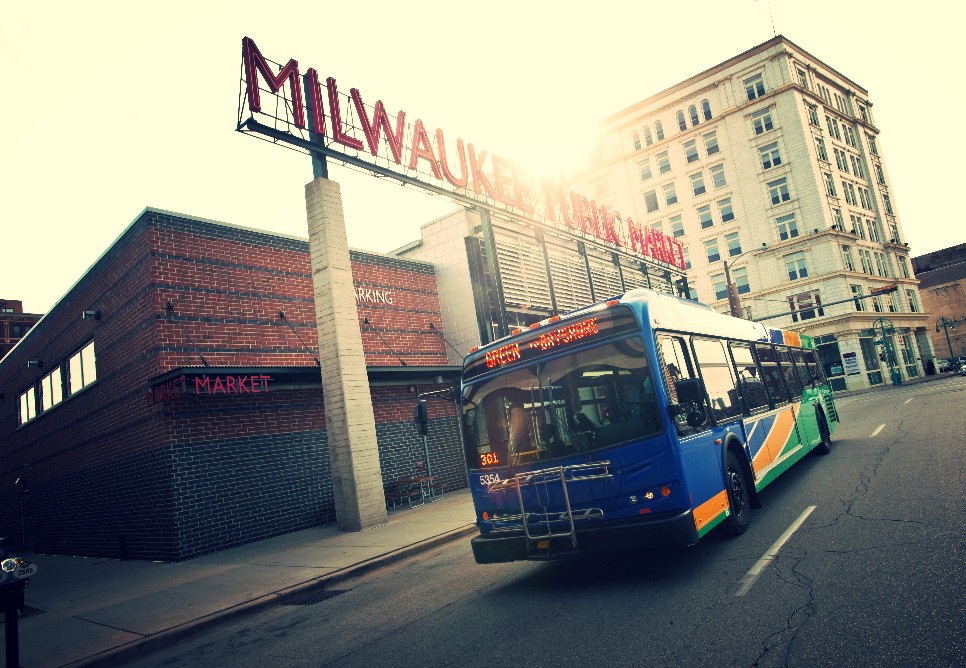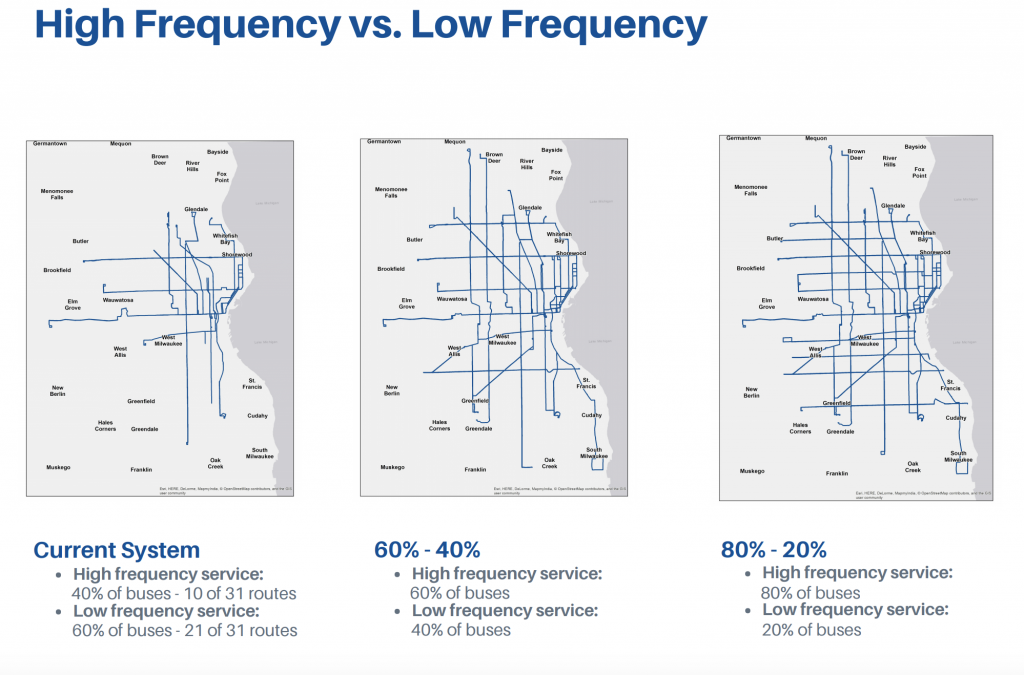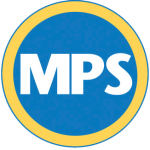County Bus System Plans Complete Redesign
All routes will be reconsidered to achieve maximum frequency, public input sought.
The Milwaukee County Transit System (MCTS) is preparing to redesign its routes throughout its service area, hoping to create a more modern, more efficient bus system.
The redesign is aimed at placing a premium on frequency. This means buses arrive at stops more often, in turn reducing waiting time during transfers and hopefully reducing trip times, generally.
Increasing frequency is a policy popping up in public transit reconfigurations around the country, said Brendan Conway, MCTS Chief Marketing and Communications Officer. Most notably in Houston, the first major city to attempt it, where ridership actually increased following implementation, during a time when public transportation ridership was declining around the country.
“We’ve been doing yearly surveys for at least 25 years and have not done a top-to-bottom redesign for 40 years,” Conway notes.
MCTS wants to create a new system that provides more citizens with frequent and reliable busing, a more intuitive network of routes and a lower cost per passenger for the taxpayer. And a new system with this premium on frequency is how planners believe those goals can be achieved.
But before MCTS implements any major changes, they are working to gather public input on the future of the system. There was an initial public input phase this past summer. Now, MCTS will hold a series of public meetings in the coming weeks. “This is part of a real robust public engagement process,” Conway said.
Planners have mocked up two options for what the future high frequency system could look like. But these plans are not final options to be voted on. Rather, they are there to show interested Milwaukee county residents what it could look like, Conway said. The two examples are of a system that is 60 percent high frequency and 40 percent local service, and 80 percent high frequency and 20 percent local service.
The program right now is budget neutral. Which means there won’t be any additional funds creating new routes or adding buses. Rather, planners have undertaken a detailed analysis of MCTS public transit system and its 5,500 bus stops. From this, they have identified redundant and underused bus stops and services that will be removed, altered or shifted to maximize frequency. Some routes will be removed to spread resources around and increase frequency throughout the system, but service areas won’t disappear.
A general example of how a high frequency service would compare to a current local bus service is this: a stop where buses came anywhere between 20 and 40 minutes would now have a bus coming every 15 minutes.
Right now, there’s a stop every two blocks on a lot of local service lines. So riders may have to walk a bit further to a stop than before. But they would spend less time waiting at stops and during transfers because the buses arrive with increased frequency.
This is where the public input becomes so important. Conway said MCTS wants to hear from residents about stops they believe are important or not, or which stops are better for disabled and senior residents.
Another option residents will hear about are daytime routes running from 6 am to 7 pm. These are services that see a great majority of its ridership during general business hours, when riders are going to and from work or running errands.
Ultimately, what MCTS is presenting to the public is based upon ridership and trends, Conway said. They want to hear from the public. “Everything is on the table,” he said.
Public Meetings
- Thursday Nov. 29, 5 p.m. to 7 p.m., at the Silver Spring Neighborhood Center, 5460 N. 64th St.
- Tuesday Dec. 4, 5 p.m. to 7 p.m., at the American Serb Hall, 5101 W. Oklahoma Ave.
- Thursday Dec. 6, 4 p.m. to 7 p.m., at the Brady Street Firehouse, 1693 N. Franklin Pl.
If you think stories like this are important, become a member of Urban Milwaukee and help support real independent journalism. Plus you get some cool added benefits, all detailed here.
Transportation
-
Congestion Pricing Cuts Air Pollution in New York City
 Dec 14th, 2025 by Jeff Wood
Dec 14th, 2025 by Jeff Wood
-
FTA Tells Milwaukee to Crack Down on Fare Evasion — Even Where Fares Don’t Exist
 Dec 12th, 2025 by Graham Kilmer
Dec 12th, 2025 by Graham Kilmer
-
Will GOGO’s Bus Service Ever Get Going?
 Dec 9th, 2025 by Jeramey Jannene
Dec 9th, 2025 by Jeramey Jannene























Don’t create the BRT which is just a duplication of the “Gold Line” route or the old no#10 which travels east/west on Wisconsin Ave. already. No need to start this new line, retain the current Gold Line and just eliminate some of the stops and you’ll have a BRT….or run the route through an area of the city that really needs it, such as along North Ave. or Nat’l/Greenfield Ave. on the south side. When the bus gets to 35th St. going westbound, turn either north or south to the streets previously mentioned, not through Tosa on Bluemound Rd.
Waste of Federal $$ (buses purchased) and the local $$ to create the “new” infrastructure for the BRT.